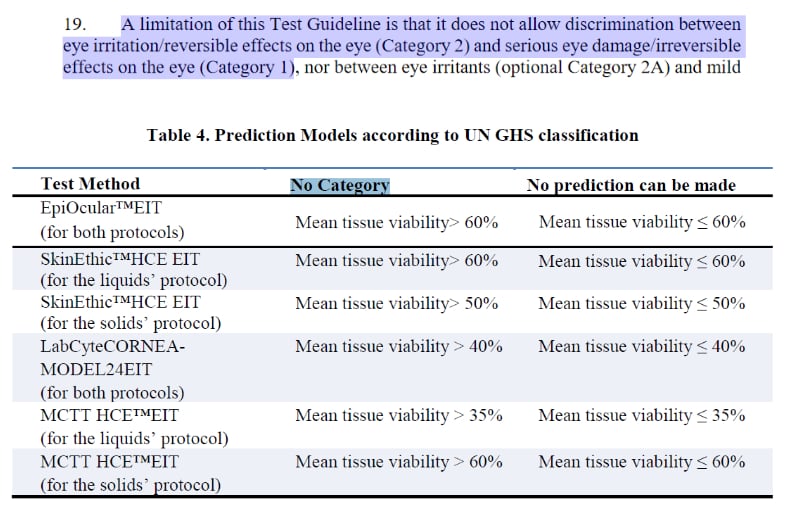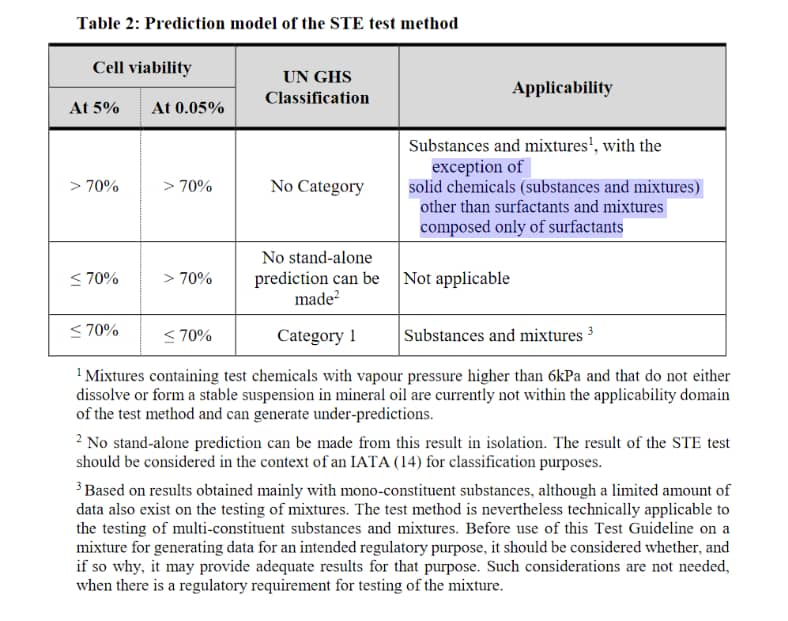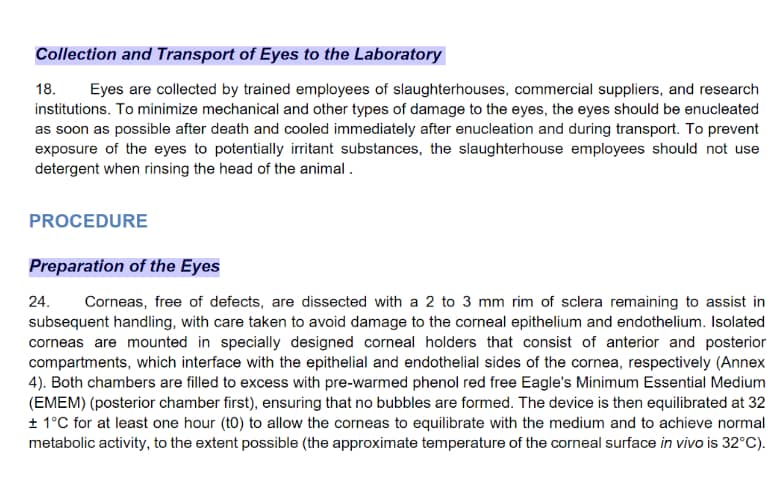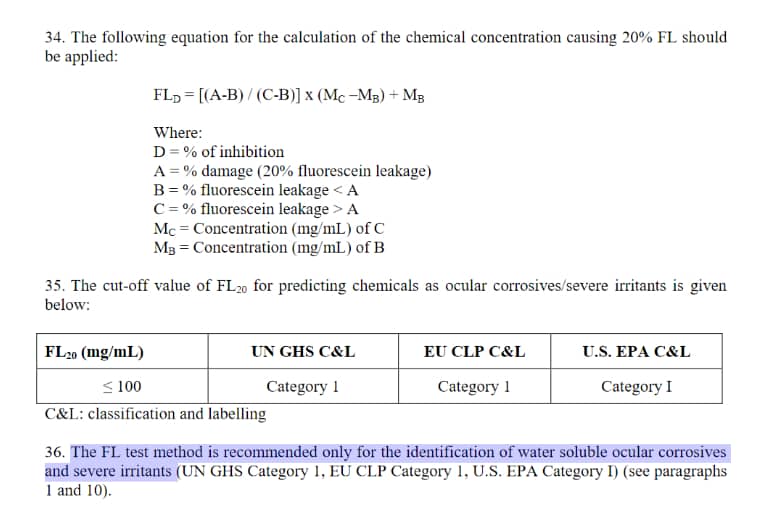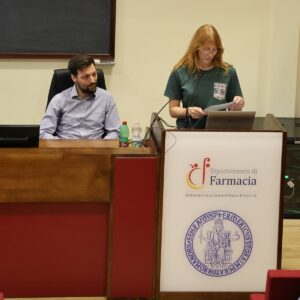100% animal free
TG OECD 492 uses a RhCE tissue model based on a human cell culture.
TG OECD 491 uses a rabbit corneal cell line.
TG OECD 437 and 438 make use of tissues from slaughterhouses.
TG OECD 460 uses kidney cells.
Only Ocular Irritection® TG OECD 496 uses a completely acellular and 100% animal free macromolecular Assay System, what is organic is of vegetable origin.
OI® is therefore the first and only macromolecular OECD TG test as specified in SCCS XI.
SCCS XI , 3-4.6. point d)
Classifies both UN GHS Category 1 and UN GHS No Category, mixtures and formulations, surfactants and non-surfactants, solids and liquids
TG OECD 492 can only classify UN GHS No Cat.: The test must always be part of a bottom up strategy and cannot be used to classify UN GHS Cat. 1 and 2 substances.
OECD TG 492, pages 5 and 19, paragraph 19 and table 4
TG OECD 491 cannot be used on solid chemicals other than surfactants and mixtures composed uniquely of
surfactants.
OECD TG 491, page 8, table 2
For the OECD TG 437 eyes must be collected by trained employees to avoid damages and mistakes. Costly and length process of selection, collection and preparation before applying the test. Source:
OECD TG 437, pages 5 and 6, paragraphs 18 and 24
OECD TG 460 is recommended only for the identification of water soluble samples.
OCED TG 460 , page 7, paragraph 36



